Scream (1996)
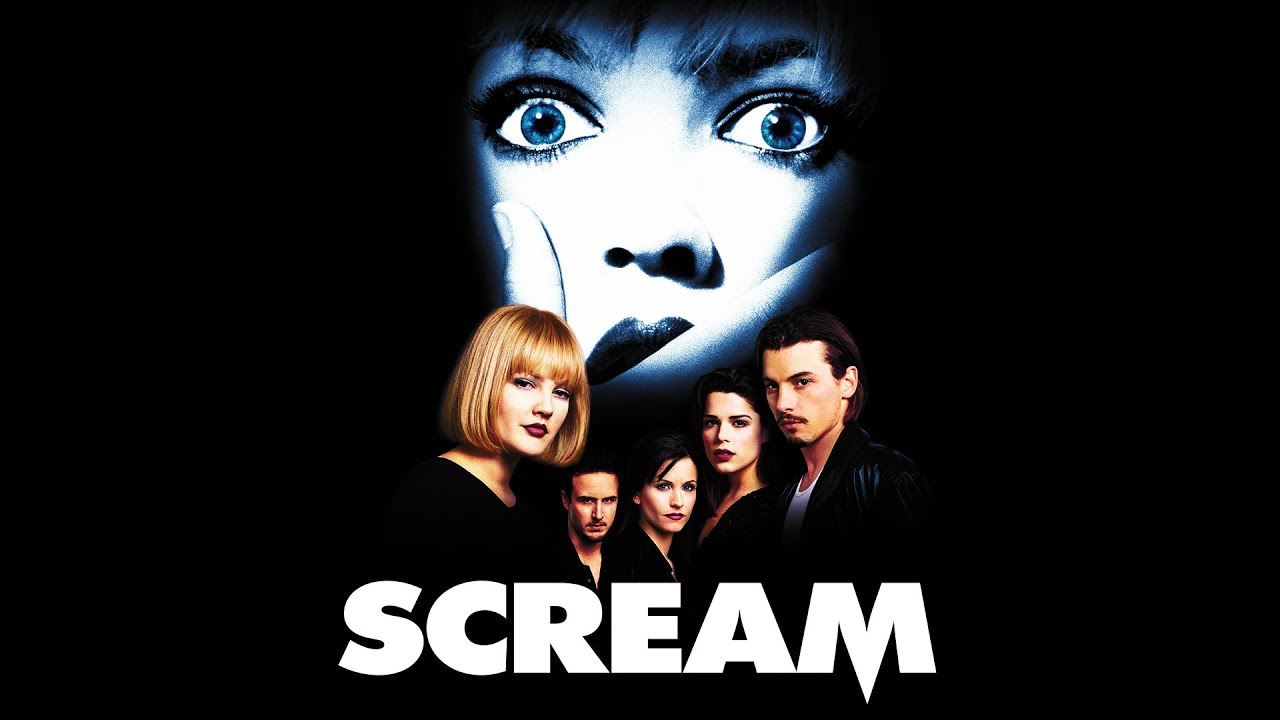
“Scream,” released on December 20, 1996, is a landmark horror film that revitalized the genre and became a cultural phenomenon. Directed by the legendary Wes Craven and written by Kevin Williamson, the film cleverly blends slasher tropes with self-referential humor, creating a unique cinematic experience that both honors and critiques the conventions of horror films. With a talented cast featuring Neve Campbell, Courteney Cox, Drew Barrymore, and David Arquette, “Scream” not only scared audiences but also introduced a new level of sophistication to horror storytelling.
The film opens with a now-iconic sequence featuring Drew Barrymore as Casey Becker. In a gripping ten-minute scene, Casey receives a series of ominous phone calls from a masked figure known as Ghostface. This unsettling introduction establishes the film’s tone, combining suspense with a sense of impending doom. The brutal murder of Casey serves as a shocking catalyst that sets the story in motion, immediately establishing the stakes for the characters and the audience alike.
At its core, “Scream” revolves around Sidney Prescott (Neve Campbell), a high school student grappling with the trauma of her mother’s murder a year prior. As the Ghostface killer begins to target her and her friends, Sidney becomes embroiled in a terrifying game of survival. Neve Campbell’s performance is both relatable and compelling, capturing Sidney’s strength and vulnerability as she navigates the horror that unfolds around her. Her character represents the archetypal “final girl” in horror, but with a twist—Sidney is not a passive victim; she actively fights back against her tormentor.
One of the film’s standout features is its self-awareness. Characters frequently discuss horror movie conventions, referencing classic films like “Halloween,” “Friday the 13th,” and “A Nightmare on Elm Street.” This meta-narrative approach not only serves as a commentary on the genre but also engages the audience in a conversation about the expectations and tropes of horror films. By acknowledging the clichés, “Scream” cleverly subverts them, allowing for unexpected plot twists and a fresh take on the slasher format.
The film’s blend of humor and horror is masterfully executed. While the stakes are high and the suspense palpable, there are moments of levity that provide relief from the tension. The character of Randy (Jamie Kennedy), a horror movie aficionado, provides comic relief while also serving as a guide for both the characters and the audience. His famous “rules” for surviving a horror movie—such as “You can never have sex” and “Don’t say ‘I’ll be right back’ “—add a layer of humor while simultaneously foreshadowing the characters’ fates.
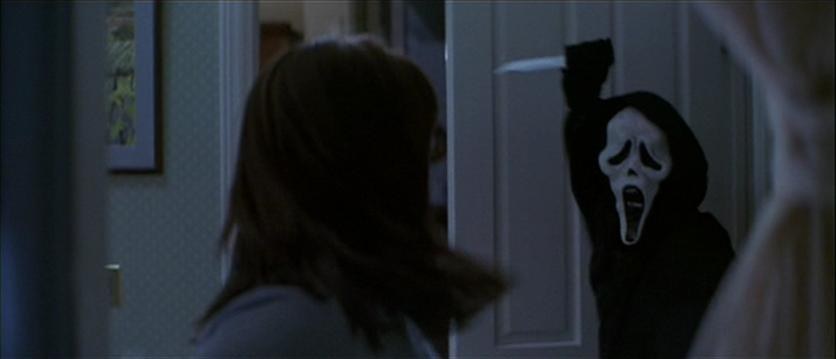
Wes Craven’s direction is both stylish and effective, utilizing clever camera angles and pacing to build suspense. The cinematography by Peter Deming captures the eerie atmosphere of the suburban setting, contrasting the familiar comforts of home with the lurking danger represented by Ghostface. The use of shadows and lighting creates a visually haunting experience that keeps viewers on edge, enhancing the film’s chilling narrative.
The score, composed by Marco Beltrami, further amplifies the tension and emotional impact of the film. The haunting melodies and sharp stings during key moments of suspense elevate the horror, drawing audiences deeper into the story. The music complements the film’s tone, enhancing the sense of dread and urgency that permeates the narrative.
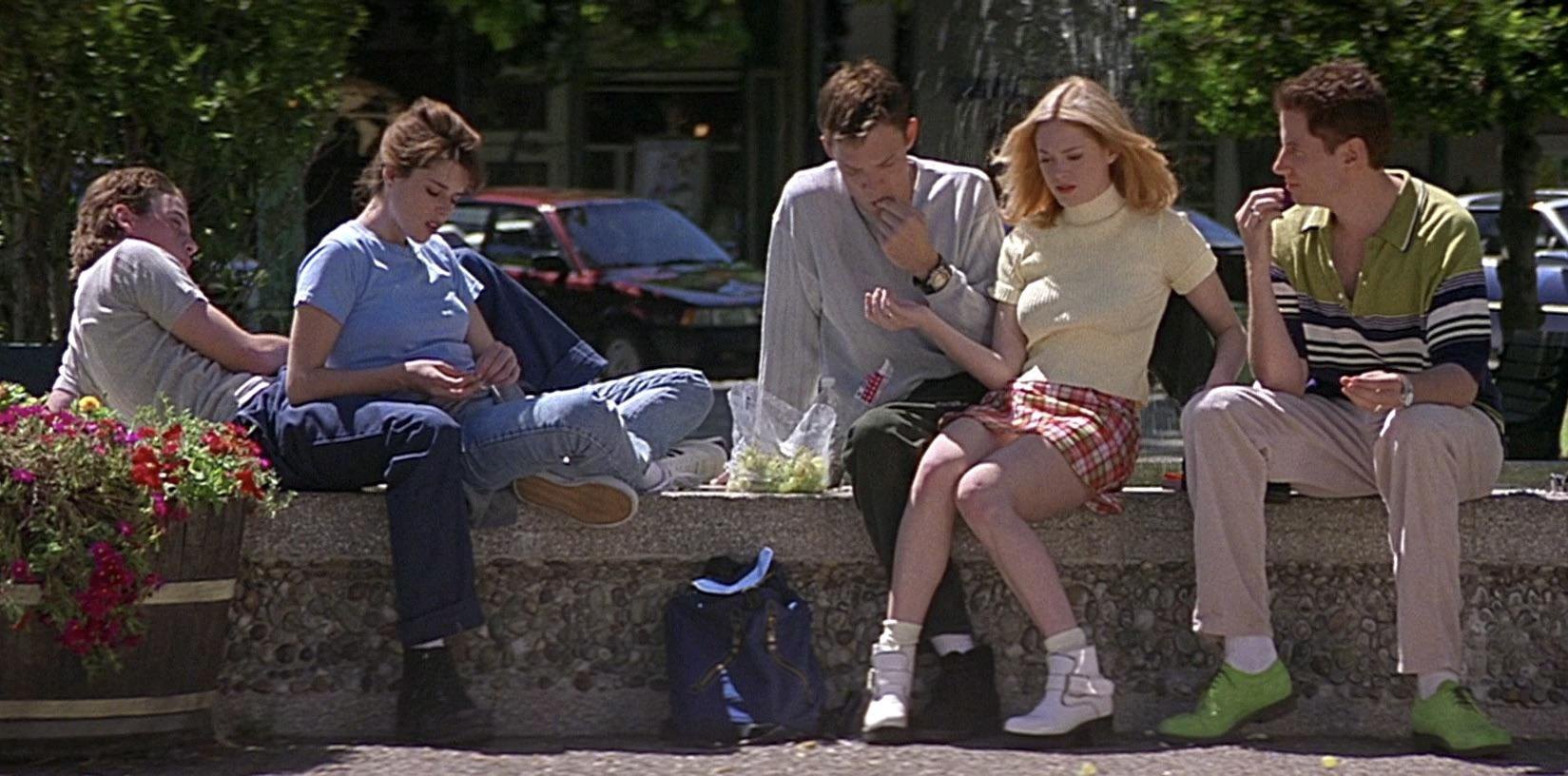
The character dynamics in “Scream” are another highlight, showcasing the complexities of friendship, loyalty, and betrayal. The relationships among Sidney, her boyfriend Billy (Skeet Ulrich), her friend Tatum (Rose McGowan), and the investigative reporter Gale Weathers (Courteney Cox) create a rich tapestry of interpersonal conflicts. Gale, portrayed with sharp wit by Cox, serves as a foil to Sidney, representing the media’s role in sensationalizing tragedy. Their interactions add depth to the story, as personal motives intertwine with the overarching horror narrative.
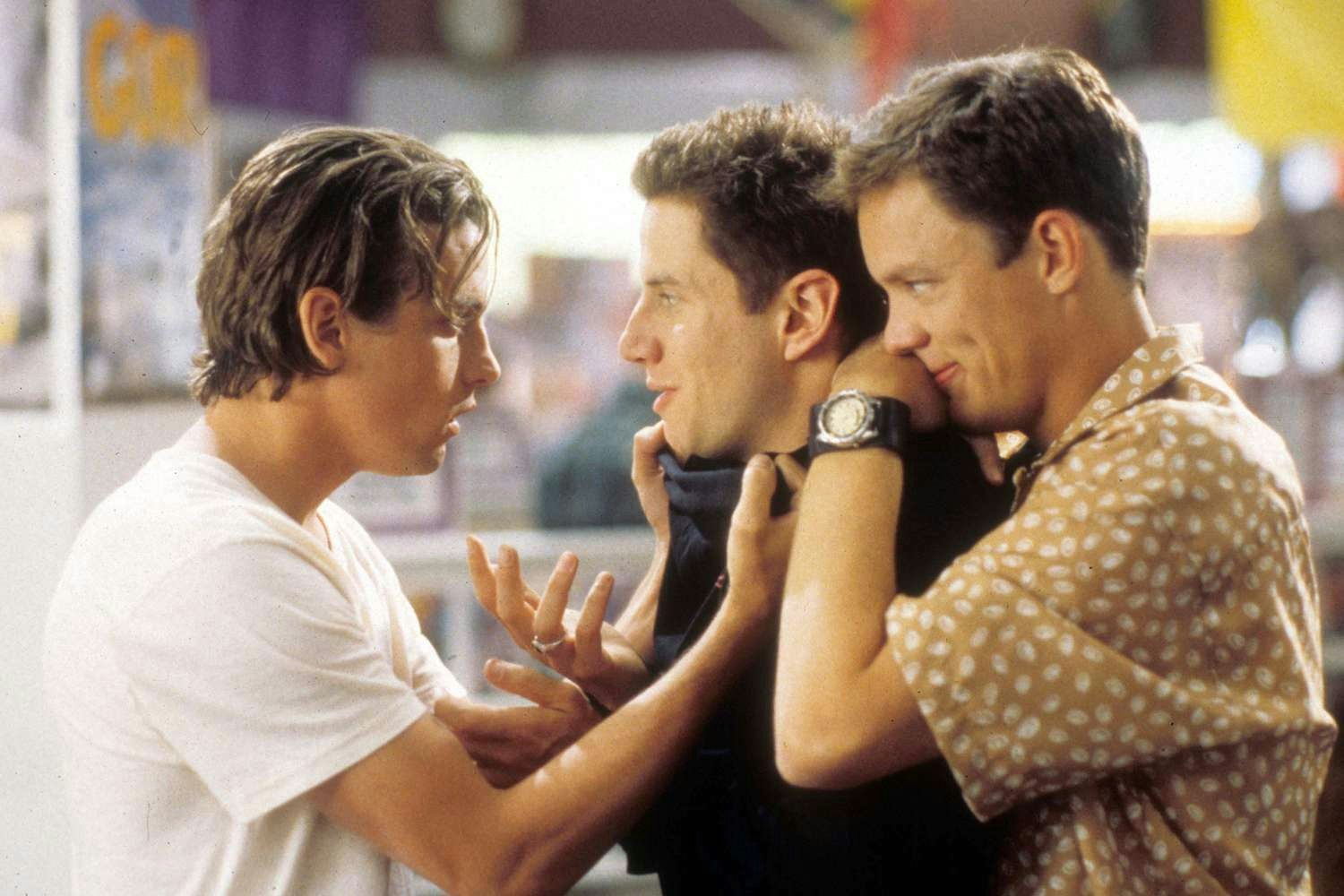
The film’s climax delivers a thrilling confrontation between Sidney and the Ghostface killer, culminating in a shocking revelation that subverts audience expectations. The film’s ending not only ties up the immediate story but also leaves viewers pondering the nature of fear, trauma, and the impact of violence. The themes of identity and perception play a significant role as Sidney grapples with the legacy of her past while facing the nightmare of the present.
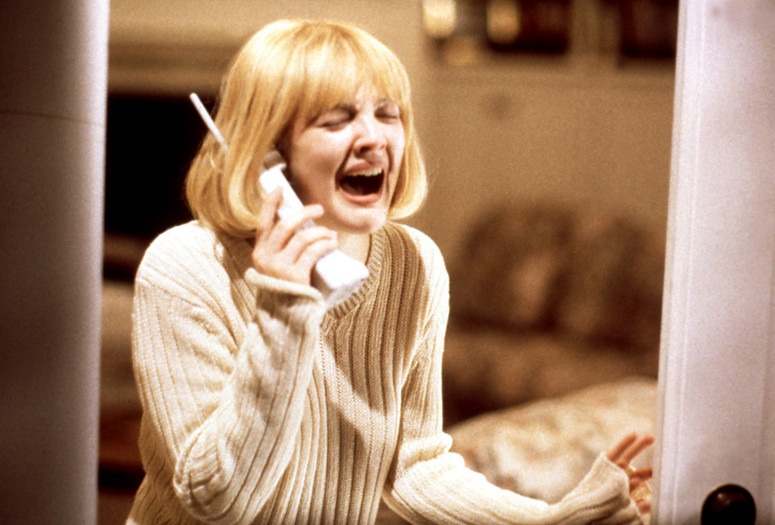
“Scream” was not only a commercial success but also critically acclaimed, earning a place in the annals of horror history. It revitalized interest in the genre during a time when horror films were largely viewed as formulaic and repetitive. Its impact can be seen in the countless films and television shows that followed, drawing inspiration from its innovative approach to storytelling.
In conclusion, “Scream” is a groundbreaking film that masterfully blends horror and humor while deconstructing the conventions of the genre. Wes Craven’s direction, Kevin Williamson’s sharp screenplay, and the stellar performances from the cast create a captivating and unforgettable cinematic experience. Through its self-referential narrative and exploration of deeper themes, “Scream” remains a defining work in horror cinema, leaving an indelible mark on audiences and filmmakers alike. As it continues to resonate with new generations, the film’s legacy as a classic of the genre endures, reminding viewers of the power of fear and the complexities of the human experience.











